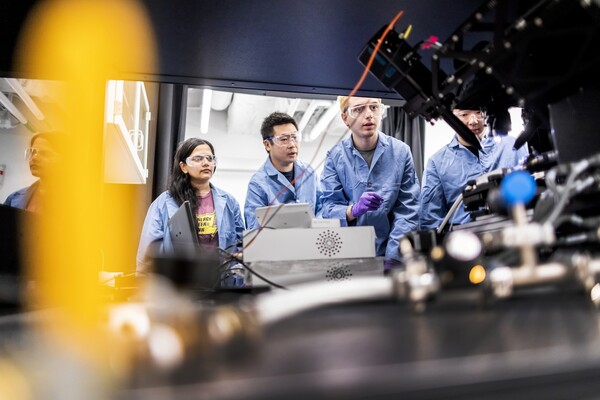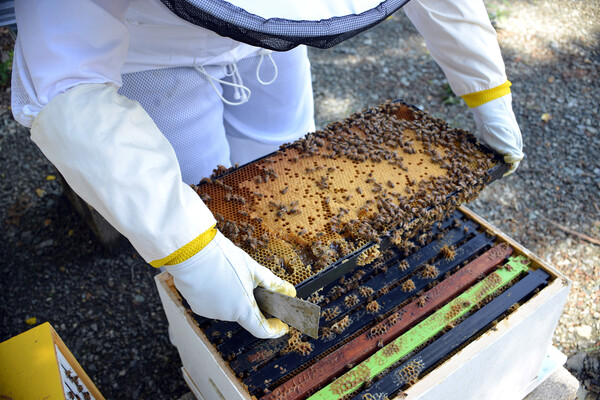
nocred
After decades of ignoring alternative therapies or dismissing them as quackery, academic medical centers throughout the United States are now struggling with the question of whether - and how - to include alternative therapies in their clinics and hospitals.
More than 75 medical schools, including our own, now include complementary and alternative medicine (CAM) in their curriculum. The National Institutes of Health has established an Office of Alternative Medicine. Community hospitals and academic medical centers are opening new services such as the Center for Integrative Medicine (Thomas Jefferson University Hospital) and the Center for Alternative Medicine and Longevity (Miami Heart Institute). The brochure for the Miami center lists at least 26 modalities, from applied kinesiology to bio-oxidative therapies to QiGong to iridology.
Patients are clamoring for CAM, and many physicians and other practitioners feel many of the techniques have therapeutic value. How should a sober, responsible academic medical center respond to this trend? At Penn, Dean Kelley has responded by establishing a "Working Group on Alternative Medicine" which will make recommendations to the dean on establishing CAM services in our health system.* Yet, passions about the appropriate uses of CAM are high on both sides of the issue.
CAM encompasses a variety of techniques with little in common except that they have been historically slighted by orthodox medicine. Some techniques have already been more or less accepted in medical institutions; hypnotism, biofeedback, nutritional therapies, acupuncture, stress reduction, meditation, and other CAM therapies have found homes in established medicine, though all were dismissed as quackery by many orthodox practitioners for years.
Integrating CAM into UPHS and other academic medical centers presents several challenges:
The popularity of CAM is patient-driven. As long as risks can be kept low, there is no reason not to offer patients therapies that they want, that can be of benefit, and that pose little risk. The key is to design into the provision of care well-designed research protocols that can assess the benefit of these therapies, so that UPHS can offer safe and effective medical services to its patients.
*Paul Root Wolpe, Ph.D., is with the Center for Bioethics, the Department of Psychiatry, and the Department of Sociology. Although Wolpe is a member of the Working Group on Alternative Medicine, the opinions expressed here are strictly his own.
Paul Root Wolpe

nocred

The sun shades on the Vagelos Institute for Energy Science and Technology.
nocred

Image: Kindamorphic via Getty Images

nocred